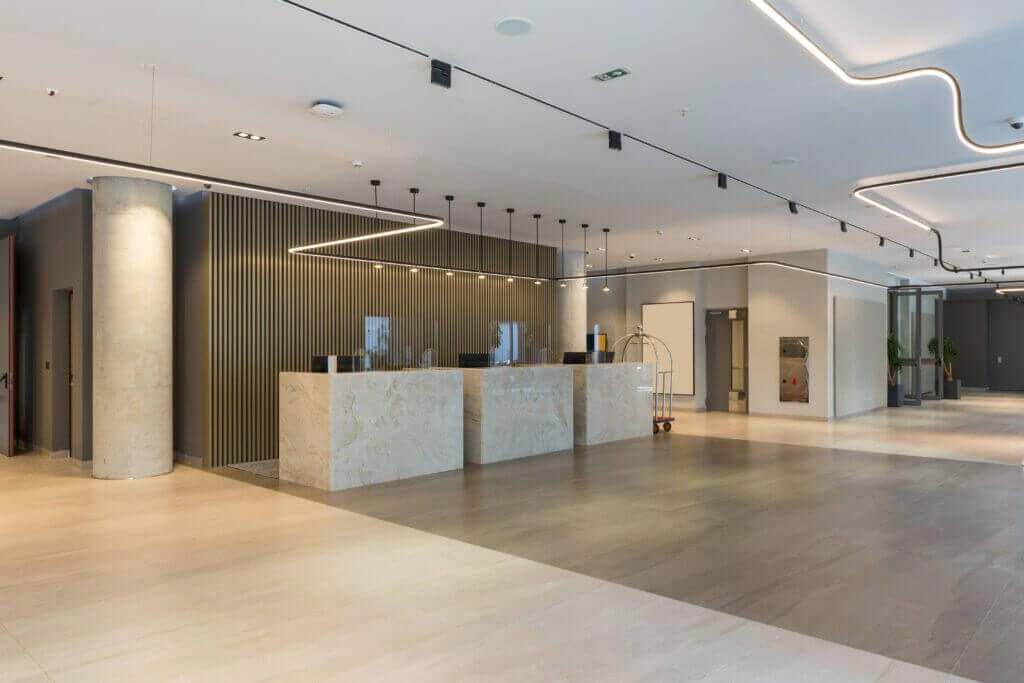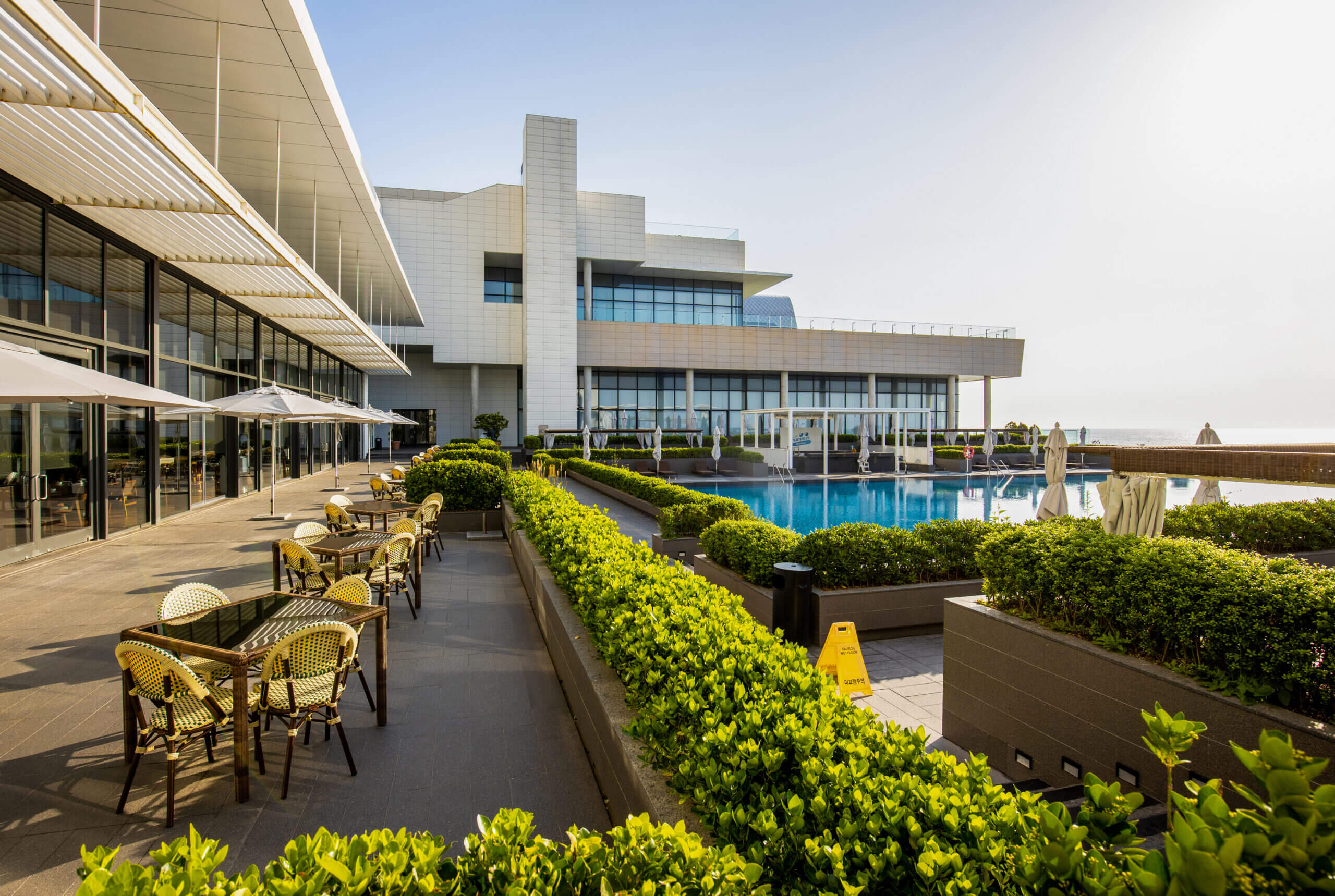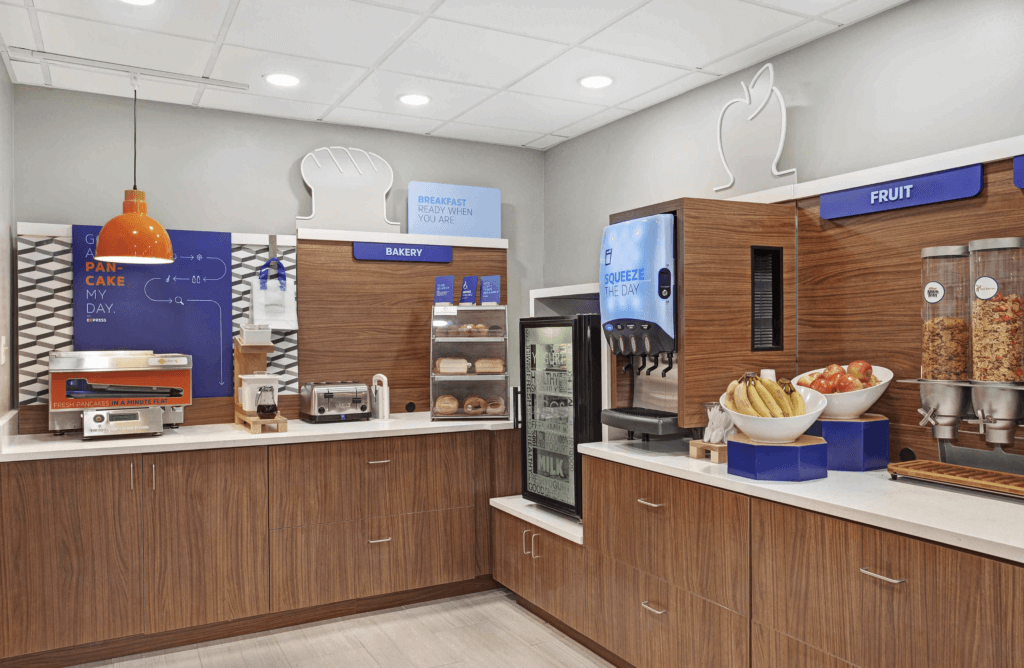Embracing Sustainability: A Guide to Green Hotel Renovations
The drive towards sustainability has permeated various sectors of the economy, with the hospitality industry standing out as a field with substantial potential for impactful green transitions. As global travelers become progressively eco-conscious, hotels are nudged towards embracing sustainability, not only in their operational practices but also in their physical structures and design. Embarking on a hotel renovation with a sustainability focus is not merely an ethical choice but a strategic business decision that could enhance brand reputation, patronage, and long-term profitability. This article unravels key insights into making your next hotel renovation project environmentally friendly and sustainable.

Incorporating Sustainable Materials and Design
Embarking on a hotel renovation with a sustainability lens necessitates a meticulous selection of materials and a design approach that minimizes environmental impact while enhancing the overall aesthetic and functionality of the space. The prudent amalgamation of eco-friendly materials and energy-efficient designs not only contributes towards reducing the carbon footprint of the establishment but also appeals to the growing segment of environmentally-conscious travelers.
Selecting Eco-Friendly Materials:
- Reclaimed Wood: Embracing reclaimed wood not only prevents deforestation but also brings a rustic, warm aesthetic to the hotel. It can be utilized in various aspects, such as flooring, furniture, and decorative elements, offering a unique character derived from its previous life.
- Recycled Glass: Implementing recycled glass for surfaces, décor, and even in structural elements can significantly reduce the demand for new glass production, thereby lowering energy consumption and related CO2 emissions.
- Non-VOC Paints: Conventional paints often contain Volatile Organic Compounds (VOCs), which can be detrimental to indoor air quality and overall environmental health. Opting for non-VOC or low-VOC paints safeguards indoor air and reduces environmental pollution.
Energy-Efficient Design Fundamentals:
- Maximizing Natural Light: Integrating expansive windows, skylights, and strategically placed mirrors to reflect natural light deep into spaces reduces dependency on artificial lighting, thereby conserving energy. It also aids in creating an open, airy ambiance, which can enhance the guest experience.
- Smart Lighting: The deployment of LED lights, motion sensors, and smart lighting systems that adapt to natural daylight and occupancy patterns further minimize energy usage without compromising guest comfort.
- Thermal Comfort: Employing energy-efficient insulation materials, such as sheep’s wool or recycled plastic, in walls and roofs ensures optimal thermal comfort while minimizing the reliance on heating and cooling systems.


Green Roofs and Walls:
- Green Roofing: Infusing green roofs – which entail the cultivation of vegetation atop buildings – enhances thermal insulation, mitigates urban heat island effects, and provides additional recreational spaces for guests. Additionally, they serve as habitats for local biodiversity, thus bolstering local ecosystems.
- Living Walls: The incorporation of living walls, or vertical gardens, both indoors and outdoors, purifies the air, acts as a natural insulator, and brings a lush, vibrant aesthetic to the establishment.
Sustainable Flooring Options:
- Bamboo Flooring: Bamboo, with its rapid growth cycle, emerges as a sustainable alternative to traditional hardwood. It is durable, aesthetically pleasing, and relatively low-impact in terms of environmental resource requirements.
- Cork Flooring: Sourced from the bark of cork oak trees (without necessitating their felling), cork flooring is not only sustainable but also provides a comfortable underfoot and natural thermal and acoustic insulation.
Invest in Energy Star Appliances:
High-Efficiency HVAC Systems: The selection of high-efficiency HVAC systems, particularly those with an Energy Star rating, is paramount in reducing energy consumption. Advanced models often integrate smart technologies that optimize energy use, adapting to the varied occupancy and weather conditions.
Smart Refrigeration: From guest mini-fridges to large-scale kitchen operations, investing in energy-efficient refrigeration units significantly slashes energy consumption, contributing to reduced operational costs and diminished environmental impact.
- Install Smart Systems:
Adaptive Thermostats: Introducing smart thermostats, which adjust heating and cooling levels based on occupancy and preset schedules, ensures that energy is not squandered in unoccupied rooms or during off-peak hours.
Intelligent Lighting: Utilizing smart lighting systems, which autonomously adjust to natural daylight levels and turn off when rooms are unoccupied, can drastically reduce energy wastage. Integrating sensor-activated lights in lesser-used areas, such as storerooms or stairwells, further enhances energy efficiency.
Automated Energy Management Systems: Implementing a comprehensive energy management system allows hoteliers to monitor, control, and optimize energy usage across various hotel operations, from guest rooms to conference facilities, ensuring optimal energy utilization throughout.


Water Conservation Strategies:
Low-Flow Fixtures: The integration of low-flow faucets, showerheads, and toilets significantly curtails water usage without sacrificing guest comfort or experience. Such fixtures utilize advanced technology to provide satisfactory pressure while minimizing water flow.
Rainwater Harvesting: Establishing a rainwater harvesting system enables hotels to collect, filter, and utilize rainwater for various non-potable applications, such as landscaping irrigation, thereby reducing dependence on municipal water supplies.
Greywater Recycling: Developing a greywater recycling system allows hotels to treat and repurpose water from showers, sinks, and laundry for use in toilet flushing or irrigation, thus markedly reducing overall water demand.
- Landscape Design for Water Efficiency:
Drought-Tolerant Planting: Selecting native or drought-tolerant plants for landscaping minimizes irrigation requirements, preserving precious water resources while maintaining aesthetic appeal.
Efficient Irrigation Systems: Employing drip irrigation or smart irrigation systems, which are guided by weather forecasts and soil moisture levels, ensures that landscaping is watered optimally, preventing unnecessary wastage.
Cultivating a Green Culture among Staff and Guests
Embedding sustainability within the framework of a hotel renovation is a pivotal stride; however, ensuring that this green transformation permeates through the daily operations and user experiences within the hotel is quintessential. Building a robust green culture among staff and guests can significantly amplify the impact of your sustainable renovation, intertwining eco-friendly practices with every aspect of the hotel experience.
- Nurturing a Sustainable Workforce:
- Comprehensive Training: Instilling sustainability as a core principle among the workforce begins with thorough training. Comprehensive educational programs that elucidate the importance of sustainability, and practical training sessions that equip staff with skills to implement green practices, from energy conservation to effective waste management, are vital.
- Incentive Programs: Creating incentive programs that reward employees for innovative green ideas or consistent adherence to sustainability practices fosters a culture where staff members are motivated to contribute proactively to the hotel’s environmental initiatives.
- Continuous Learning: Ensuring that the staff remains abreast of emerging sustainable practices and technologies through continuous learning sessions, workshops, and certifications further embeds sustainability within the organizational culture.


- Engaging Guests in the Green Journey:
- Transparent Communication: Clearly communicating the hotel’s sustainability initiatives, goals, and achievements through various mediums – in-room literature, digital platforms, and signage – allows guests to comprehend and appreciate the establishment’s green endeavors.
- Encouraging Participation: Establishing programs where guests are encouraged to participate in the hotel’s sustainability efforts, such as reusing towels, utilizing recycling bins, or opting for e-bills, creates a participative green experience.
- Recognizing Contributions: Developing a system to acknowledge and reward guests who actively engage in the hotel’s sustainability initiatives fosters a sense of contribution and satisfaction among patrons.
- Formulating Sustainable Guest Experiences:
- Green Amenities: Offering amenities that align with sustainability, such as organic toiletries in biodegradable packaging or providing bicycles for local exploration, subtly embeds the green ethos into the guest experience.
Assessing and Elevating the Sustainability Journey
Embarking on a path towards comprehensive sustainability in hotel renovations is not a one-time effort but an ongoing journey, requiring constant assessment, refinement, and elevation of practices to ensure they are as impactful and relevant as possible. Constructing a structured framework for periodic assessments, utilizing data-driven decision-making, and engaging in continuous improvement practices will underpin the lasting success of your green initiative.
Implementing Robust Sustainability Metrics:
- Regular Audits: Conducting systematic environmental audits that scrutinize every aspect of the hotel’s operations, from energy and water usage to waste management, ensures that all practices are optimized for sustainability and compliant with relevant regulations.
- Data Analysis: Utilizing analytical tools to meticulously evaluate data emanating from various operational facets, such as energy consumption metrics or waste generation statistics, aids in identifying areas necessitating further optimization or intervention.
- Certification and Compliance: Pursuing and maintaining sustainability certifications from recognized bodies, such as Green Key or EarthCheck, validates your sustainability efforts and provides a structured framework for continuous improvement.\


Communicating and Celebrating Sustainability Milestones:
- Transparency and Storytelling: Transparently sharing the journey, challenges, and triumphs of your sustainability initiatives through various platforms, such as your website, social media, or in-house publications, builds trust and admiration among stakeholders.
- Celebrating Achievements: Publicly recognizing and celebrating sustainability milestones, whether it’s achieving a certification or successfully implementing a significant initiative, bolsters team morale and solidifies commitment towards the cause.
- Advocating for Sustainability: Becoming an active voice within the industry, advocating for sustainability, sharing insights, and collaborating with other establishments in sustainability forums or associations, enhances the collective impact of the industry’s green endeavors.
- Future-Proofing Sustainability Efforts:
- Technological Innovations: Continuously exploring and integrating emerging technologies, such as AI-driven energy management systems or innovative waste management solutions, ensures that your sustainability practices are at the forefront of technological advancements.
- Sustainability Research: Keeping abreast of sustainability research, trends, and case studies ensures that your initiatives are grounded in the latest scientific data and global best practices.
- Scaling and Expanding Initiatives: Based on assessments and outcomes, scaling successful initiatives across various domains or properties and exploring new avenues for sustainability ensures that the impact of your green efforts is continuously expanding and evolving.


